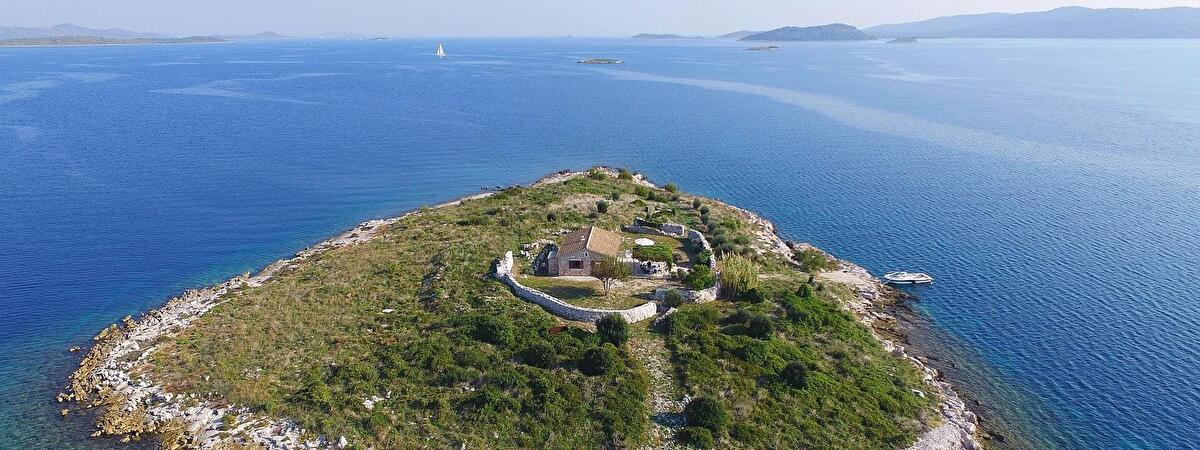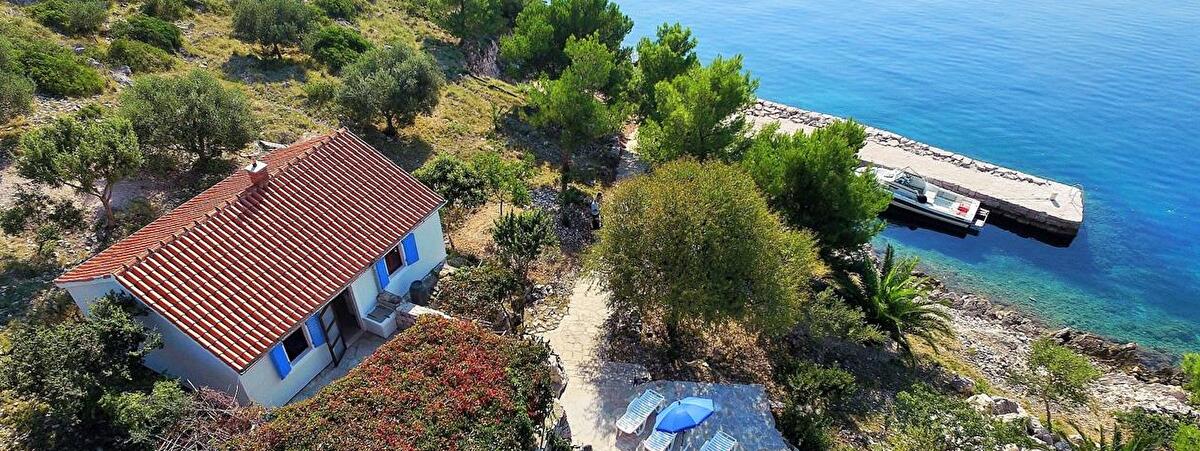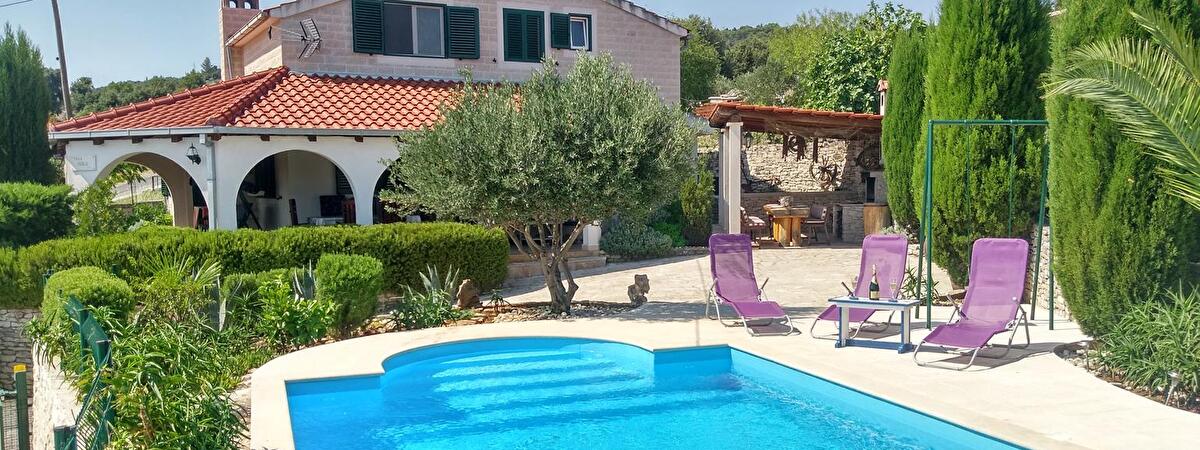Getting around in Croatia
It is easy to travel in Croatia.
The simplest and most flexible remains the car. If you drive in a rental car and would go to the islands or to raid neighboring Bosnia and Montenegro, just make sure it's in your lease.
The bus is a means of transportation quite reliable and convenient and the islands are easily accessible through the ferry and boat lines
BY CAR :
By car: the means of transport that offers more freedom, which lets you move at your own pace, taking time to make stops to individual desires, discover remote locations, off the beaten track and at the same time shorten travel times if necessary. Ideal for keeping independently.
Whether you are with your own car or a rental vehicle, you must apply the rules of the road.
- Speed limits: in urban areas 50 km / h
on national roads 90km / h
about 130 km / h highways
- Rate of maximum permitted blood alcohol driving: 0.5 g / L in case of unannounced and 0.0g / L in case of accident.
- Seat belt mandatory for all passengers safe.
- Riding with the lights on from October to March.
- Use of mobile phones banned while driving, except handsfree
- The reflective vest is part of the mandatory vehicle equipment.
- In case of accident, the presence of the police to establish the facts is required. Call the single European emergency number 112
- Information on the traffic status: on radio frequency 98.5 MHz (summer in several languages)
Gas stations:
- Generally open 7 days / 7of 7 am to 19 or 20h and 22h in summer.
- In large cities and on highways, they are open 24/24.
All are supplied with Eurosuper 95, Super 95, Super 98, Euro Diesel and Diesel. LPG gas only found in large cities and on highways.
Highways:
- Croatia has a wide road network of very good quality.
- Highways are paid; Regulation of the toll may be in kuna (local currency), euro or with an international credit card.
To get an idea of costs:
- Zagreb-Split around 24 € to 380 km
- Zagreb-Zadar around € 16 240 km
- Zadar-Split around € 7.5 to 140 km
- More information and prices on the official website of the Croatian motorways HAC
The coastal road:
Called masterful, magnificent panoramas that road runs along the Croatian coast from Rijeka to Dubrovnik.
With 2-way and turns quite crowded in the summer, it requires to run at a moderate speed. To forecast travel time, do not rely solely on mileage costs around 50km / h for overspending.
BY BOAT :
By boat: with its 1,244 islands identified including 50 inhabited, the Croatian coast is unique in the Mediterranean.
The largest islands are Krk, Korcula, Hvar, Brac, Pag, Rab, Dugi Otok.
The islands of Krk and Pag are connected to the mainland by a bridge; all the other islands are accessible by a network of ferries and fast boats for pedestrians.
The national company Jadrolinija ensures crossings all along the coast; the main links:
- Rijeka: Cres, Krk, Pag), Rab, Mali Losinj
- Zadar: Uglan, Pasman, Dugi Otok Iz, Rava, Ist, Olib, Silba, Premuda, Mali Losinj, Rivanj, Sestrunj, Zverinac, Molat
- Sibenik: Kaprije
- Split: Brac, Solta, Hvar, Korcula, Vis, Lastovo
- Dubrovnik: Kolocep, Lopud, Sipan
There are also other local private companies:
- LNP with a ferry between the islands of Krk and Rab, speedboats pedestrian-Split and Sibenik-Solta Kaprije
- Rapska Plovidba with a ferry between the islands of Rab and Pag
- G & V Line with fast catamarans for pedestrians in the archipelago of Zadar and Dubrovnik to Mljet, Korcula and Lastovo.
Note :
- Tickets can be purchased on site at the port of departure, no reservations are possible.
- In summer it is advisable to arrive at the port at least 2 hours before departure of the vessel; you park the car in the queue and must be present on site 1 hour before departure for early boarding.
- For fast boats (pedestrians only), it is advisable to be in port 30 minutes before the ship's departure.
- If you travel with a rental car, make sure you can take the ferry.
Some examples of crossing time / rates with ferries Jadrolinija:
Zadar- Sali 1:20 / € 4 passenger car € 23.50
Split-Brac 50 mn / € 4.40 passenger car € 21
Split-Hvar 2h / € 6.30 passenger car € 42
BY BUS AND BY RAIL
By bus: a very popular means of transportation in Croatia. The buses stop anywhere at any time, there are even links night for grand touring. The buses are comfortable and reliable schedules.
Most major cities are connected and it is easy to move with this means of transport.
Namely:
- Prices are relatively cheap; they differ depending on the company that share journeys. By buying a round trip with the same company, you can enjoy a discount.
Some examples of time / money: Zagreb-Plitvice about 2:20 / 13 €
Zadar-Split 3h30 / 14 €
Split-Dubrovnik about 4:30 / 16 €
- Tickets can be purchased in advance at the bus station, the place is reserved. This is recommended in high season when travelers are many.
- You can also get on the bus without a ticket and set the assistant driver, this is what is happening in the villages where there is no bus station; it is not an offense to get on a bus without a ticket. But if there is in the world, it may be that there is more room.
By Rail: The rail network is underdeveloped in Croatia. It is a means of transport used little and very slow.
Train lines connecting Zagreb to Split, Rijeka, Varazdin, Osijek and Vinkovci.
An example: Split Zagreb- 6:15 ride, about 26 € or night train.
 (Copy).jpg)
 (Copy).jpg)
 (Copy).jpg)

